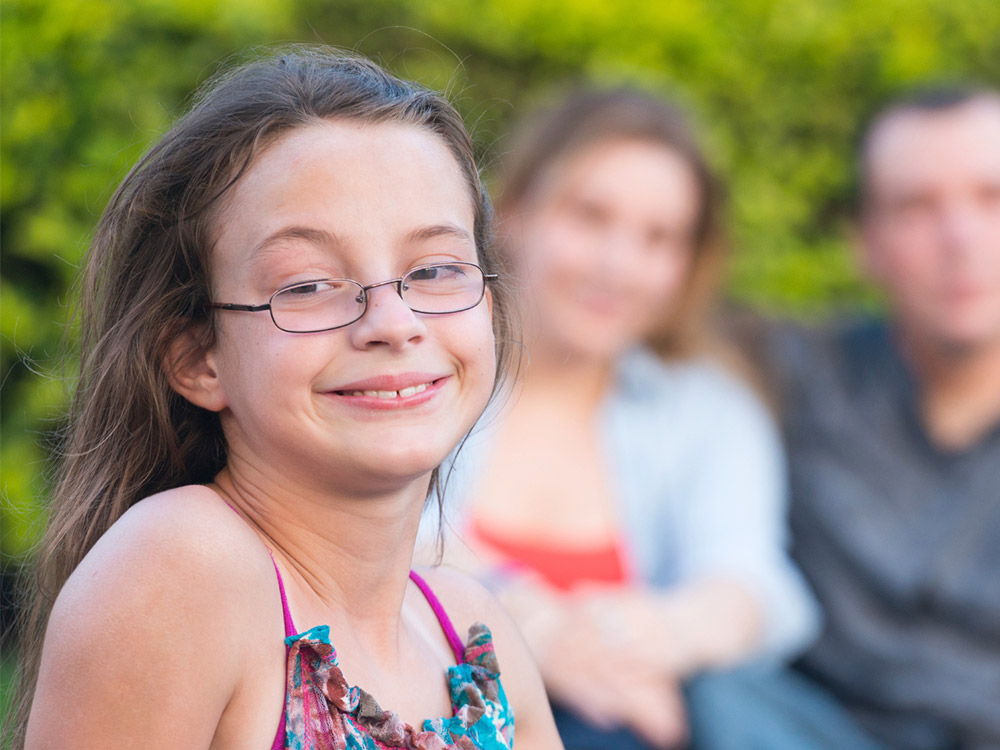The Importance of Family Support in the Journey with Autism
Wiki Article
Recognizing Autism: A Comprehensive Guide to Symptoms and indications
Autism Spectrum Disorder (ASD) includes a large array of features that can significantly impact an individual's social interactions and everyday functioning. Comprehending these subtleties not just help caretakers and teachers in supplying ideal assistance yet additionally cultivates an extra comprehensive setting for people with ASD.Review of Autism Range Condition
Specifying Autism Spectrum Condition (ASD) involves recognizing it as a complex neurodevelopmental condition characterized by an array of obstacles in social communication, interaction, and behavioral patterns. The term "spectrum" reflects the wide irregularity in signs and symptoms and their extent, which can vary substantially from one individual to another. ASD typically manifests in very early youth, although some individuals may not obtain a medical diagnosis until later in life.Variables affecting the advancement of ASD include ecological elements and genetic proneness, although the specific causes remain under examination. Diagnosis frequently relies upon behavior assessments, as there are no clear-cut medical tests for ASD. Early treatment is essential and can significantly enhance outcomes, concentrating on improving communication abilities, social interactions, and flexible behaviors.
People with ASD may additionally display one-of-a-kind staminas, such as extraordinary focus to detail or details areas of proficiency. Recognizing the diverse nature of ASD is essential for promoting an inclusive atmosphere that fits neurodiversity. Continued research study is essential for creating effective treatments and assistance systems, making it possible for individuals with ASD to grow and satisfy their possible within society.
Typical Indicators of Autism
Recognizing the typical indicators of Autism Spectrum Condition (ASD) is essential for early identification and treatment. These indicators can vary widely in extent and discussion, yet certain attributes are regularly observed in individuals with ASD.One of the most widespread indicators is a significant trouble in developing and preserving eye get in touch with. Individuals may also exhibit limited passion in social communications and reveal a choice for solitary play.
Sensory sensitivities are also common; people might underreact or overreact to sensory stimuli, such as sounds, lights, or appearances. autism. Language growth can be irregular, with some kids exhibiting postponed speech or making use of language in unusual ways, consisting of echolalia-- duplicating sentences or expressions listened to somewhere else
It is necessary to note that not every person with ASD will present all these indicators, and the degree of these actions can vary considerably. Early recognition permits timely assistance and resources, enhancing the top quality of life for those on the spectrum.
Social Interaction Difficulties
Social communication obstacles are a trademark of Autism Range Condition (ASD), impacting a person's ability to involve efficiently with others. These troubles can materialize in numerous methods, consisting of difficulties in launching and preserving discussions, understanding social signs, and responding suitably in social interactions.Individuals with ASD might battle with nonverbal interaction, such as eye contact, faces, and body movement. This can result in misconceptions, as their communicative intent may not be properly interpreted by others. Moreover, they might find it tough to realize the nuances of tone and context, which are essential for efficient interaction.
In team settings, individuals with ASD might really feel overloaded and might not understand just how to join in conversations (autism). They may additionally exhibit atypical conversational patterns, Our site such as monologuing regarding certain passions without recognizing social reciprocity
Additionally, these obstacles can cause social seclusion or difficulties in forming connections, as peers might misunderstand their actions or interaction design. Understanding these social communication challenges is important for cultivating encouraging settings that advertise social abilities growth and boost the top quality of communications for people on the autism range.
Sensory Level Of Sensitivities and Responses
Lots of individuals with Autism Range Condition (ASD) experience heightened sensory level of sensitivities that can considerably impact their day-to-day lives. A person with ASD may discover everyday sounds, such as a vacuum cleaner or crowded settings, overwhelmingly distressing, leading to anxiousness or crises.Sensory handling differences in people with ASD can likewise influence their capability to participate in regular activities and social communications. For example, a youngster who is delicate to touch may stand up to physical affection or stay clear of certain garments fabrics. A choice for certain structures or preferences can limit nutritional alternatives and produce difficulties throughout mealtimes.
Recognizing these sensory level of sensitivities is important for acknowledging the one-of-a-kind experiences of people with ASD. Recognition of their sensory profiles can foster better communication and support techniques, producing an atmosphere that fits their demands and boosts their top quality of life. Inevitably, recognizing check my site sensory level of sensitivities is a critical component of comprehending the broader range of autism.

Supporting Individuals With Autism
Reliable assistance for individuals with Autism Range Disorder (ASD) is important for boosting their total well-being and promoting self-reliance. Assistance strategies ought to be tailored to satisfy the one-of-a-kind needs of each individual, considering their staminas and difficulties.
Social skills training can also play a critical function. autism. Engaging people in team tasks or role-playing situations can boost their capacity to browse social communications. In addition, it is vital to educate family members, caregivers, and peers about ASD to foster a inclusive and supportive area
Verdict
By cultivating enhanced communication and social abilities, individuals with autism can navigate their atmospheres much more successfully. Inevitably, enhanced awareness and assistance can significantly boost the high quality of life for those affected by ASD.Autism Range Disorder (ASD) incorporates a broad array of attributes that can significantly affect an individual's social communications and everyday performance.Individuals with ASD might struggle with nonverbal interaction, such as eye contact, face expressions, and body language.Many people with Autism Spectrum Condition (ASD) experience enhanced sensory sensitivities that can dramatically impact their everyday lives.Sensory handling differences in people with ASD can also impact their capacity to engage in social interactions and regular activities.Comprehending helpful hints these sensory level of sensitivities is important for acknowledging the one-of-a-kind experiences of individuals with ASD.
Report this wiki page